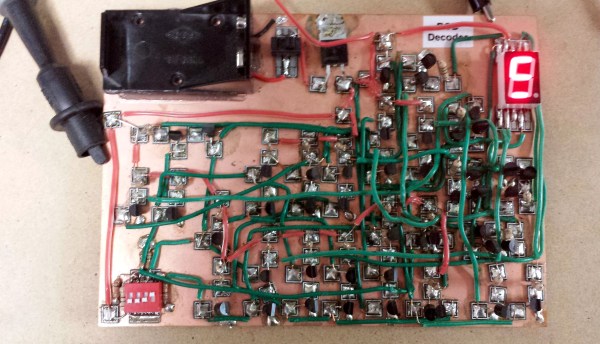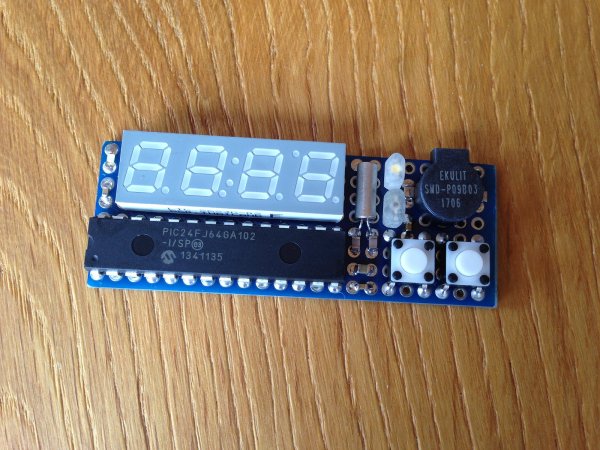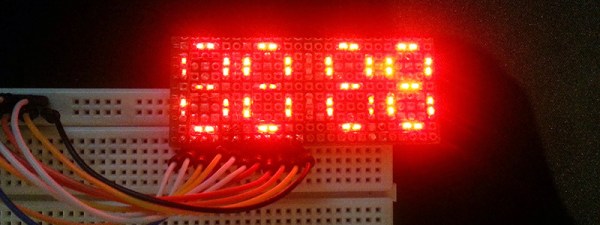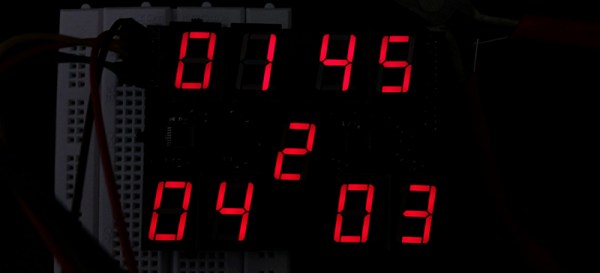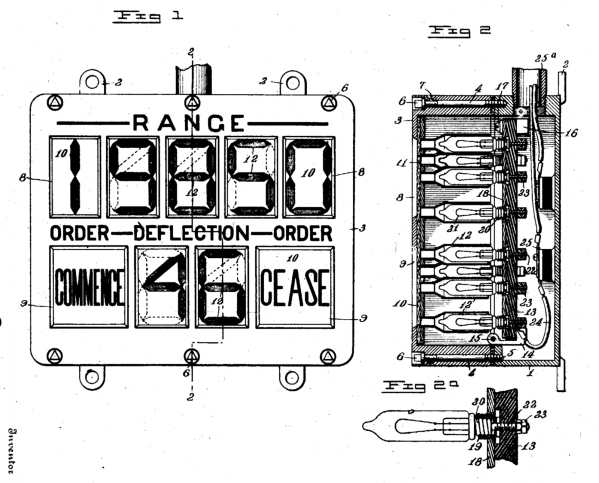A while back, [limpfish] bought a few four-digit seven-segment displays from a seller on eBay. A month or two later, thirty displays ended up in [limpfish]’s mailbox. Instead of using the one or two displays he thought he ordered, [limpfish] decided to do something very cool with these bits of seven-segment displays. He’s controlling all of them at once.
[limpfish]’s usual method of controlling a lot of LEDs is the MAX7219 LED driver. This chip can easily — and cheaply — control eight common cathode seven segment displays. There’s a problem with this plan, though: the LEDs received from eBay are common anode. That’s actually not a problem, because with a little effort and even more thinking [limpfish] got these displays to work with the MAX7219 driver chip.
With chips in hand, [limpfish] designed a small breakout board for the MAX7219 and two common anode 4×7 segment displays. These displays can be daisy chained, and connecting them all together results in a very weird but very cool visualization.
[limpfish] is treating this display as a bitmap display, which means it’s demo time. You can check out a 1337 01d skool demo playing on this 840-segment display in the video below.



